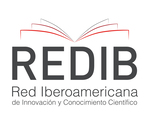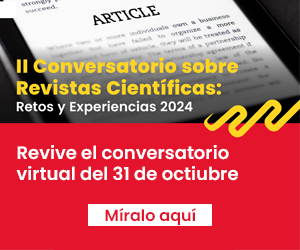Effect of Salmonella Typhimurium on guinea pig carcass (Cavia porcellus)
DOI:
https://doi.org/10.20453/stv.v10i2.4393Abstract
The objective was to determine the effect of Salmonella Typhimurium on the chemical composition and microbiological quality of the meat of guinea pig (Cavia porcellus). 30 male guinea pigs for fattening were used that were distributed in 3 treatments with ten (10) repetitions each; T1: mixed feeding + saline solution (control), T2: mixed feeding and experimentally challenged with Salmonella Typhimurium, T3: mixed feeding + APC (antibiotic growth promoter) and experimentally challenged with Salmonella Typhimurium. T1 animals were dosed orally with saline solution, while T2 and T3 were challenged with an infective dose (2 x 106 CFU) of Salmonella Typhimurium, only once on the 11th day of the start of the experiment. Despite manifesting the disease in animals challenged with Salmonella, they did not show differences (p <0.05) in the concentration of protein and ethereal extract on a dry basis. The microbiological results showed the presence of Salmonella in the lymph nodes, liver, lung, spleen and gallbladder in the experimentally infected animals. The use of APC in T3 did not improve the chemical composition of guinea pig meat.
Downloads
Downloads
Published
How to Cite
Issue
Section
License
All articles published in Salud y Tecnología Veterinaria are under a Creative Commons Reconocimiento 4.0 International license.
The authors retain the copyright and grant the journal the right of first publication, with the work registered with the Creative Commons License, which allows third parties to use what is published whenever they mention the authorship of the work, and to the first publication in this magazine.
Authors can make other independent and additional contractual agreements for the non-exclusive distribution of the version published in this journal, provided they clearly indicate that the work was published in this journal.
The authors can file in the repository of their institution:
The research work or thesis of degree from which the published article derives.
The pre-print version: the version prior to peer review.
The Post-print version: final version after peer review.
The definitive version or final version created by the publisher for publication.












